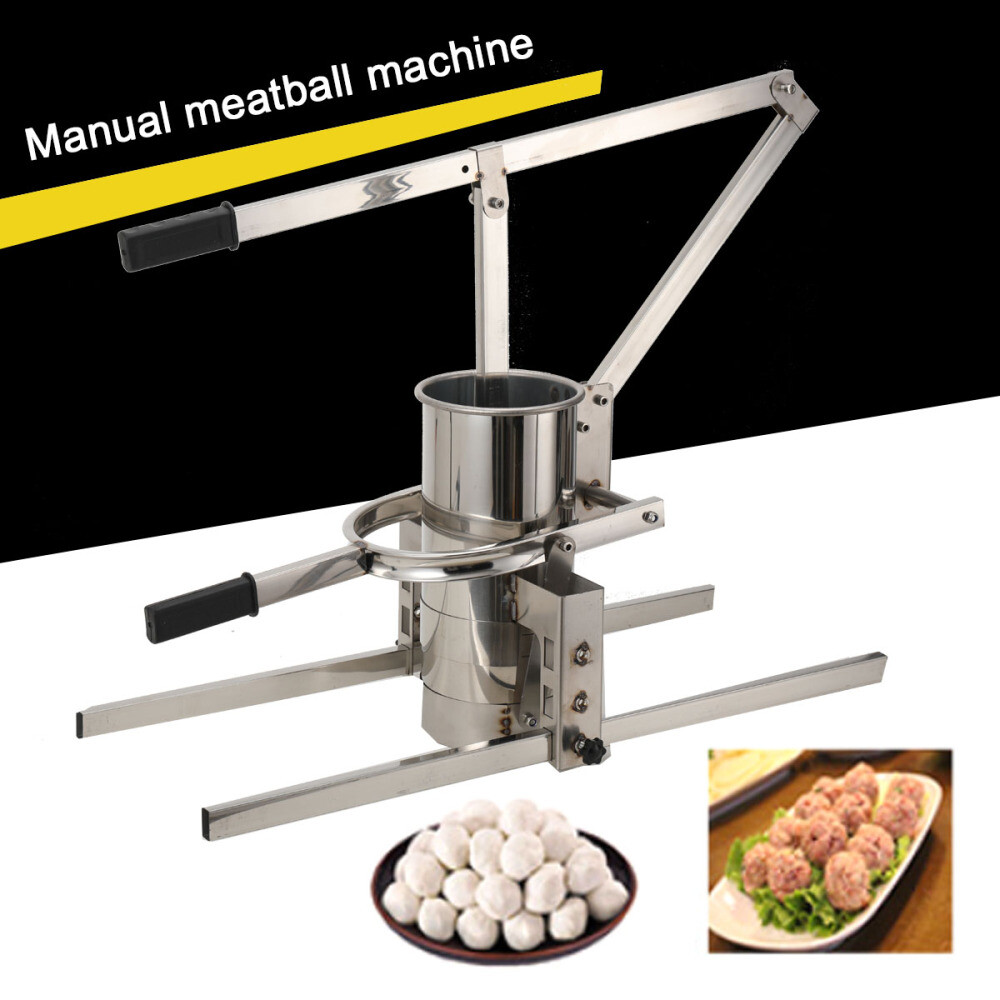10 years of experience as a food machinery equipment manufacturer
10 years of experience as a food machinery equipment manufacturer
The fisheries sector is a cornerstone of the Philippine economy and a vital source of livelihood and nutrition for millions. With its vast archipelagic waters, the nation boasts rich marine biodiversity. However, maximizing the value derived from this bounty involves efficient post-harvest processing. One piece of equipment that has gained attention for its potential to revolutionize fish processing operations, particularly for small to medium-scale enterprises, is the fish meat separator, sometimes referred to as a deboning machine or fish meat-bone separator.

A fish meat separator is a mechanical device designed to efficiently separate fish flesh from bones, skin, and sometimes scales. The fundamental principle involves feeding whole or headed-and-gutted fish into the machine. Inside, a combination of pressure, often applied by a flexible belt against a perforated drum, squeezes the soft fish meat through the small holes of the drum. The harder components like bones and skin, being too large to pass through the perforations, are ejected separately as waste or by-products.
This technology is not new globally, but its adoption and adaptation for specific local needs in the Philippines present unique opportunities. The machines can vary in size, capacity, and the specific mechanism they employ, but the core objective remains the same: to recover a high percentage of edible fish meat with minimal manual labor.
The introduction and wider use of fish meat separators offer several compelling advantages for the Philippine fishery industry.
Increased Yield and Reduced Waste:
Manual deboning, especially for smaller fish species abundant in Philippine waters, can be tedious and often results in significant meat loss. Fish meat separators can recover a substantially higher percentage of edible flesh, including meat that is difficult to access manually, such as that clinging close to the bone. This increased yield directly translates to more product from the same amount of raw material, thereby reducing food waste and improving resource utilization.
Labor Efficiency and Cost Reduction:
Traditional fish processing heavily relies on manual labor, which can be time-consuming and costly. A fish meat separator can perform the work of several individuals in a fraction of the time. This mechanization can lead to significant reductions in labor costs and allow businesses to reallocate human resources to other value-adding tasks such as quality control, packaging, or product development.
Improved Product Quality and Hygiene:

Automated separation minimizes direct human contact with the fish meat during the deboning process. This can lead to improved hygiene standards and a reduced risk of microbial contamination. Furthermore, the resulting minced fish meat (often called surimi if further processed, or simply minced fish) is typically uniform in texture, which is desirable for many processed fish products. Machines are often constructed from food-grade stainless steel, facilitating easier cleaning and sanitization compared to manual processing stations.
Versatility and New Product Development:
The minced fish meat produced by these separators is a versatile raw material. It can be used to produce a wide array of value-added products popular in the Philippines and for export, such as fish balls, fish cakes (kikiam, quekiam), fish sausages, fish burgers, fish nuggets, and as an ingredient in other food preparations. This opens up avenues for product diversification and market expansion for processors, moving beyond selling only fresh or traditionally dried/smoked fish.
Handling of Small or Bony Fish:
Many commercially important fish species in the Philippines are relatively small or have complex bone structures, making manual deboning particularly challenging and inefficient. Fish meat separators are especially effective with such species, allowing processors to derive value from fish that might otherwise be underutilized or sold at lower prices due to processing difficulties.
Potential for By-Product Valorization:
The separated bones and skin are not necessarily waste. These by-products can be further processed into fish meal for aquaculture feed, fish bone meal for fertilizer, or used to produce fish broth or stock, adding another potential revenue stream or cost-saving input for integrated businesses.
While the benefits are clear, potential adopters of fish meat separator technology in the Philippines should consider several factors:
Wider adoption of fish meat separators can have a transformative impact on the Philippine fishery sector. It can enhance the competitiveness of local fish processors, both domestically and in international markets, by improving efficiency and product quality. By enabling the creation of diverse value-added products, it can contribute to increased income for fishing communities and businesses involved in the post-harvest chain.
Moreover, by making more efficient use of caught fish and potentially reducing post-harvest losses, this technology aligns with broader goals of food security and sustainable resource management. It encourages a shift from merely selling raw fish to engaging in more sophisticated processing, thereby capturing more value within the country.
In conclusion, the fish meat separator represents a significant technological advancement with the potential to bolster the Philippine fish processing industry. Its ability to increase yields, reduce labor costs, improve hygiene, and facilitate product diversification makes it a valuable tool for businesses looking to enhance their operations and contribute to the overall growth and sustainability of the nation’s vital fisheries sector. As awareness and accessibility of this technology grow, its role in modernizing Philippine fish processing is likely to become increasingly prominent.
